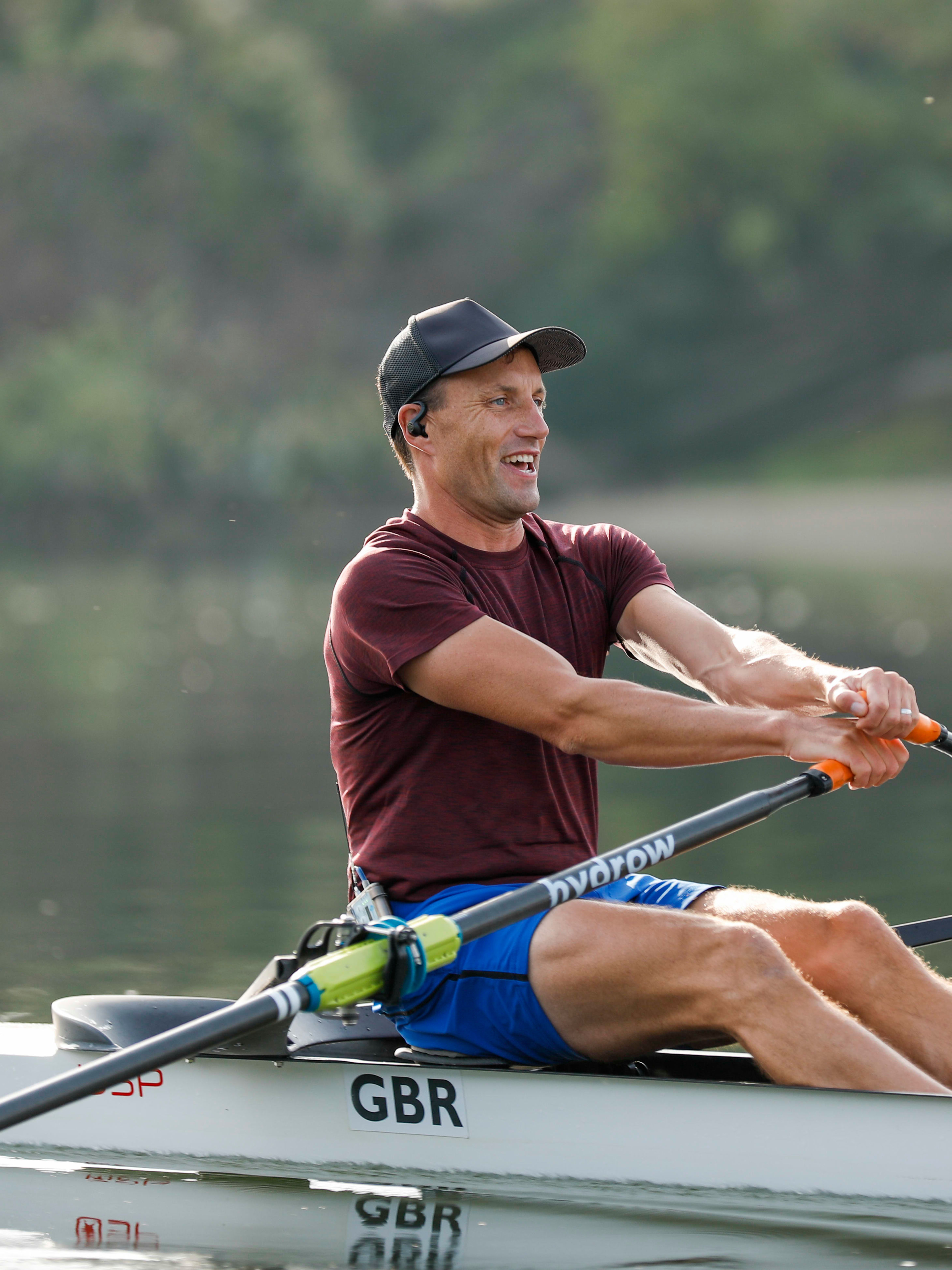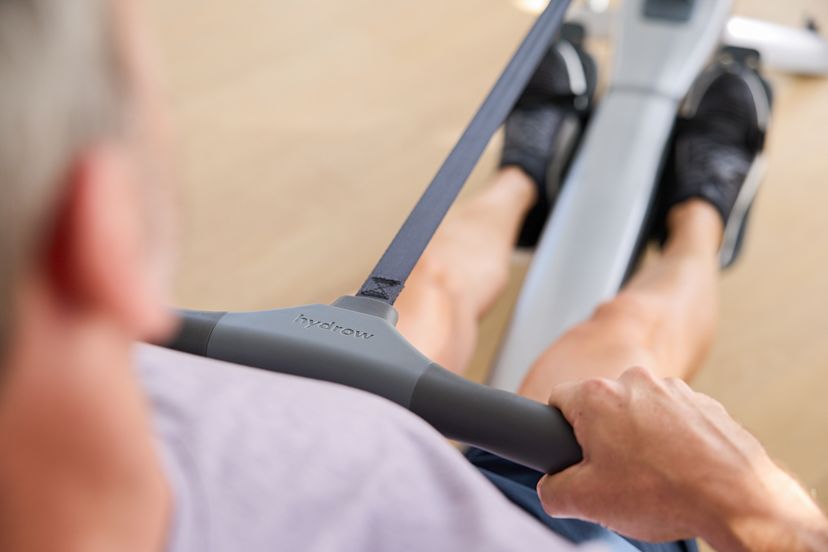10 Common Rowing Mistakes Beginners Make (and How to Avoid Them)
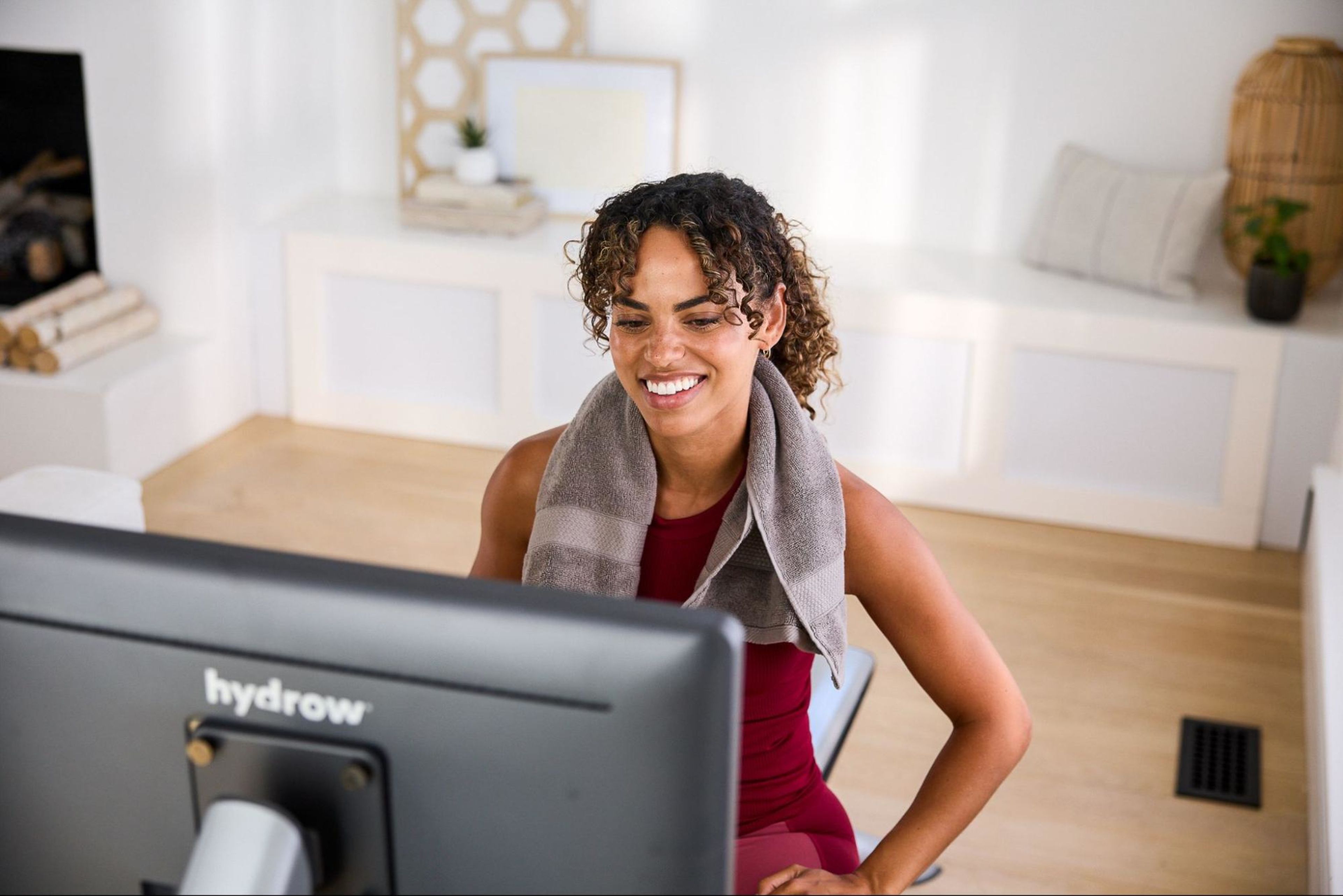
So, you’ve got a rowing machine. Excited to dive in, you sit down, grab the handle, and take your first few strokes. It feels great to finally get going with one of the most efficient and effective workouts out there!
You probably already know the many benefits of rowing—this workout builds strength, boosts cardiovascular fitness, and delivers a full-body burn. Maybe that’s exactly why you chose it as your go-to exercise! But as you start rowing, the questions begin to creep in. Are you doing it right? Are you rowing too much—or not enough? Are you choosing the best workouts for your goals?
This blog will help you start off on the right foot (or stroke). We’ll walk through 10 common rowing mistakes beginners make—and how to avoid them—so you can get the most out of every session.
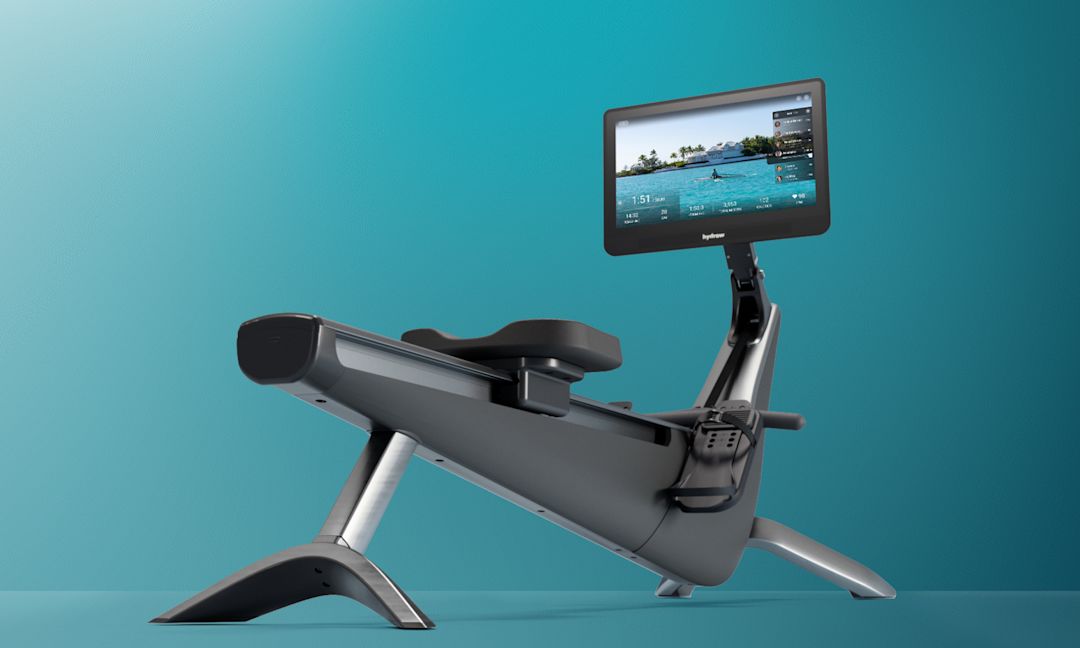
Holiday savings are here
Bring home our award-winning rowers at the best prices of the year.
1. Foot position
One of the only adjustments you need to make on your rowing machine before you start is to adjust the foot height to allow your feet to be in the correct position. As a rule of thumb, start with the foot strap across the widest part of your foot.
Then, as you row, you want to be able to get your shins close to vertical in the Catch position (the position closest to the screen). If you feel like you can’t do this, try lowering your feet until you can.
2. Rushing the slide
The rowing stroke can be split into two main phases:
The Drive: When you’re working and pulling the handle.
The Recovery: When you are resetting and moving forward for another stroke.
As the Recovery is easy and there is no load in this phase, it is common for new rowers to rush this phase and move too quickly. Doing this often doesn’t allow newer rowers to prepare their body position to take the next stroke, leading to inefficient strokes that don’t maximize the benefits that rowing offers.
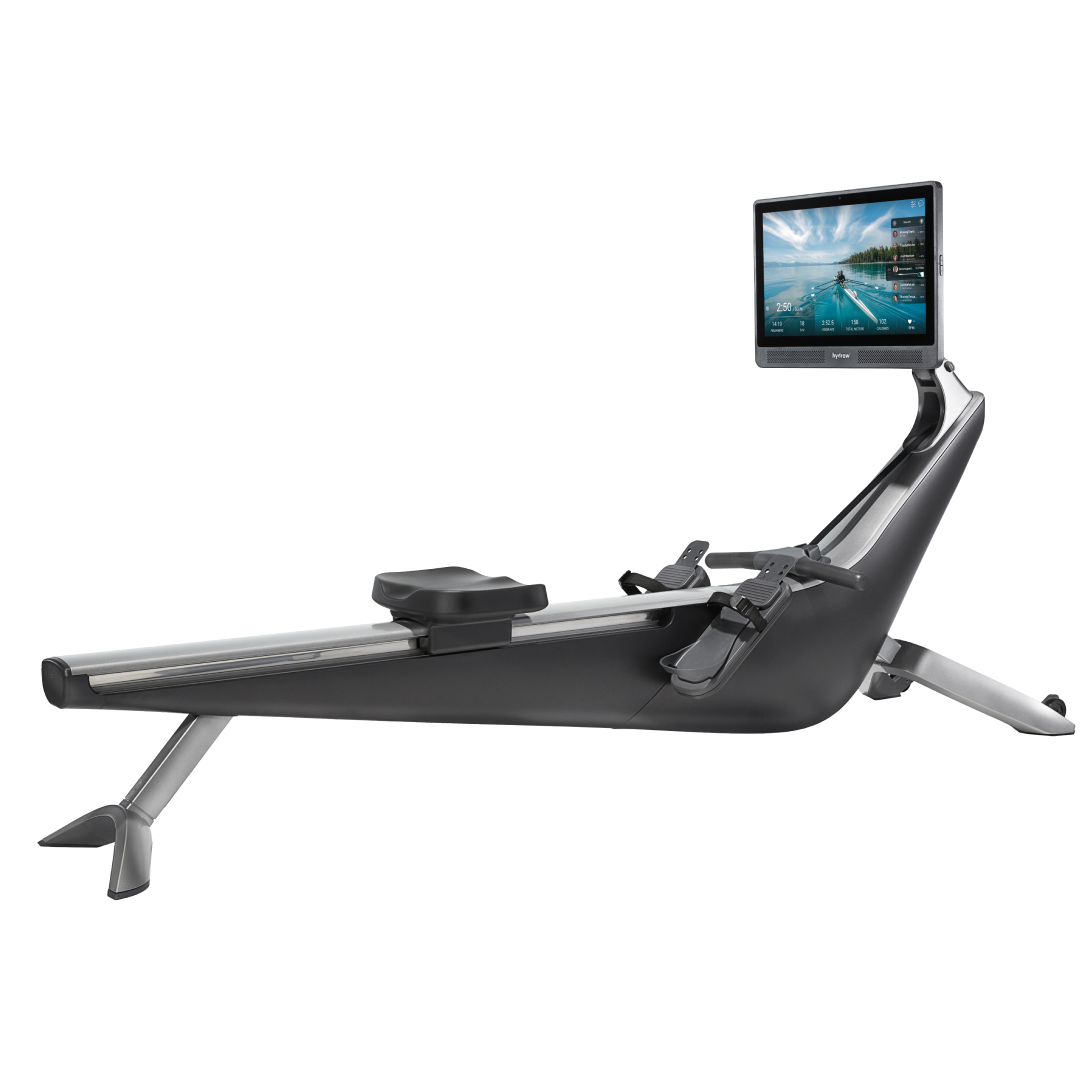
Cardio and strength, combined
Burn calories and build muscle with steady, natural movements.
3. Early arm bend
“Breaking the arms,” as it is referred to in rowing terms, is when you start the Drive with your arms instead of your legs. This is a very common mistake that many rowers make. Many of the actions we take in everyday life involve feeling through our hands and arms, so it’s natural when you take your first strokes to want to feel you are working hard by engaging your arms to start.
However, the rowing stroke is a blend of using many muscles in a particular order to maximize your efficiency and speed. The stroke starts with your legs pushing, then your core swinging open, and finally with your arms pulling the handle to your sternum.
4. Not engaging the core
Up to 60% of the power in your rowing stroke comes from your legs, with your core transmitting that power from your legs to the handle. If your core is not engaged, that power will not be transferred efficiently to the handle, causing you to lose a lot of your Drive. On top of that, engaging your core as you start each stroke protects you from potential injury.
5. Not finding much resistance
This one happens a lot more often than you might imagine! A lot of new rowers may feel that rowing is very easy, to the point that they’re wondering, “Am I even getting a good workout?” But in fact, rowing is one of the most challenging workouts out there, using 86% of your muscles and pushing your cardiovascular system and strength to their limits.
So, if you aren’t really feeling it in your first few sessions, it’s totally normal. Go slowly and learn the basic movements of legs, core, and arms and take your time as you learn to row. The challenging workout and results will be there when you’re ready!
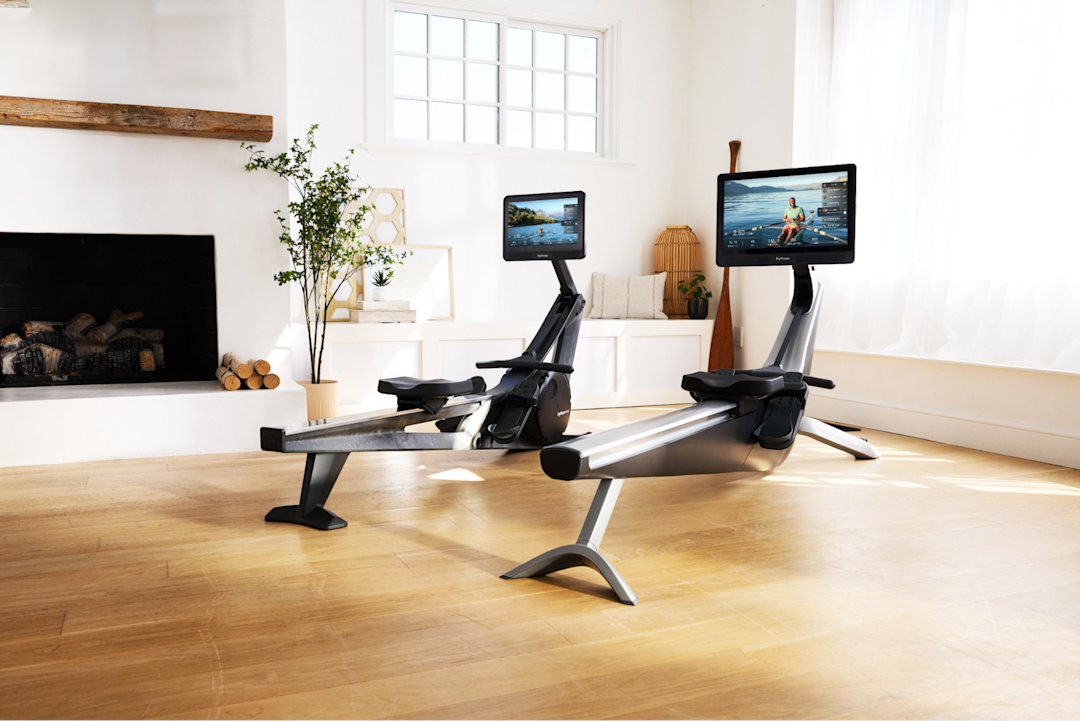
Wondering if a Hydrow rowing machine is right for you? Get answers in our FAQ guide.
6. Overreaching at the Catch
A longer stroke should be better and more powerful right? In theory, yes, but a longer stroke takes more time, and reaching too far at the Catch can not only put you in a weak position to apply power, but also in a position that could result in injury.
In rowing, we often talk about “effective length” and the idea that taking long strokes is only good if you can apply sufficient power in those positions. Stay within your range, and you will get a better workout.
7. Leaning back too early
Leaning back too early or opening your body early refers to starting the stroke by throwing your shoulders backward to drive the handle. The problem with starting your Drive with your body swing is that once your body is leaning backwards and your shoulders are now behind your hips, it’s not possible to get an effective and powerful leg drive. Work on the basics here: the legs should start the Drive, with the body and arms following afterwards.
10. It’s not just pull
Let’s dive a little deeper into technique: The rowing stroke seems like you are just pulling on the handle. However, try visualizing that it is actually a push followed by a pull. As we already mentioned, the stroke starts with the legs pushing against the footboard to produce most of the power in your stroke. Then, as the push ends, you can start swinging your body to actively use your core before the pull happens with the arms to finish.
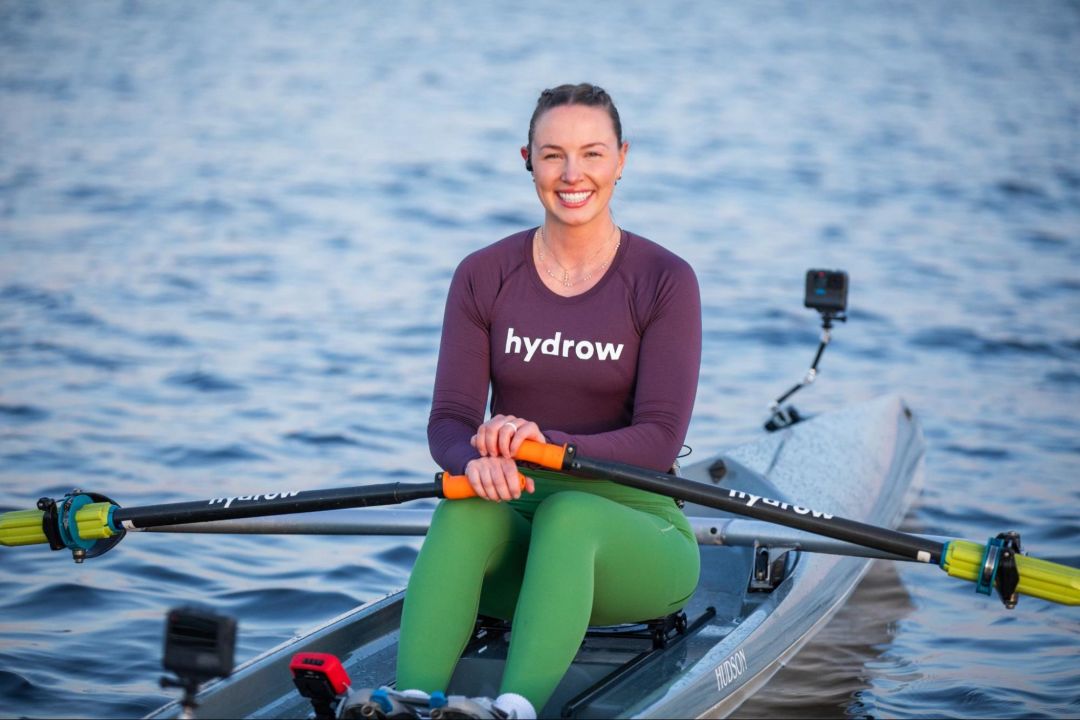
Did you know?
Over 90% of Hydrow members are still active one year later.
9. More is not always better
One of the concepts to grasp early in your rowing journey is what rate and Split/500m mean and why higher rates doesn’t necessarily mean you are going faster, working harder, or getting a better workout.
Rate or strokes per minute is only telling you how many strokes you take every minute—it doesn’t tell you anything about how far you are going or how much power you are producing.
Split, on the other hand, is a term given to speed in rowing. It represents your pace, telling you how long it would take you to cover 500 meters. So, the lower the split, the faster you are going. The split doesn’t tell you how much power you are producing and is influenced by the rate, the effort you apply on the Drive, and the length of your stroke.
10. Rowing every day
It is exciting to start any new activity, and on top of that, rowing rewards hard work. When you put effort in, you will get results out of it, and that is really motivational. But despite seeing results quickly and wanting to do more, it is important to schedule rest and recovery and understand that your body gets stronger after your workout when you give it time to recover adequately.
One of the joys of rowing—and a big reason it keeps people coming back—is that there’s always room to improve. Focusing on good form not only makes your workouts more effective, but also more enjoyable and helps reduce the risk of injury. So, embrace the journey as you build your form, strength, and endurance.
If you’re considering adding a rowing machine to your home, Hydrow brings more than just equipment—it brings total-body results and intelligent training.
Each stroke works 86% of your muscles, delivering an efficient, immersive workout—and with real-time feedback and personalized scores, Hydrow helps you help you row smarter, build strength, and stay motivated. Just 20 minutes a day is all it takes to move with purpose, boost energy, and see results that last.
Hydrow’s workouts are led by world-class and Olympic Athletes and filmed on real water in beautiful locations around the world. Whether you’re rowing or cross-training with yoga, Pilates, strength, mobility, or circuit workouts, you’ll find movement that motivates—and keeps you coming back.
Ready to train smarter? Explore what Hydrow can do for you.
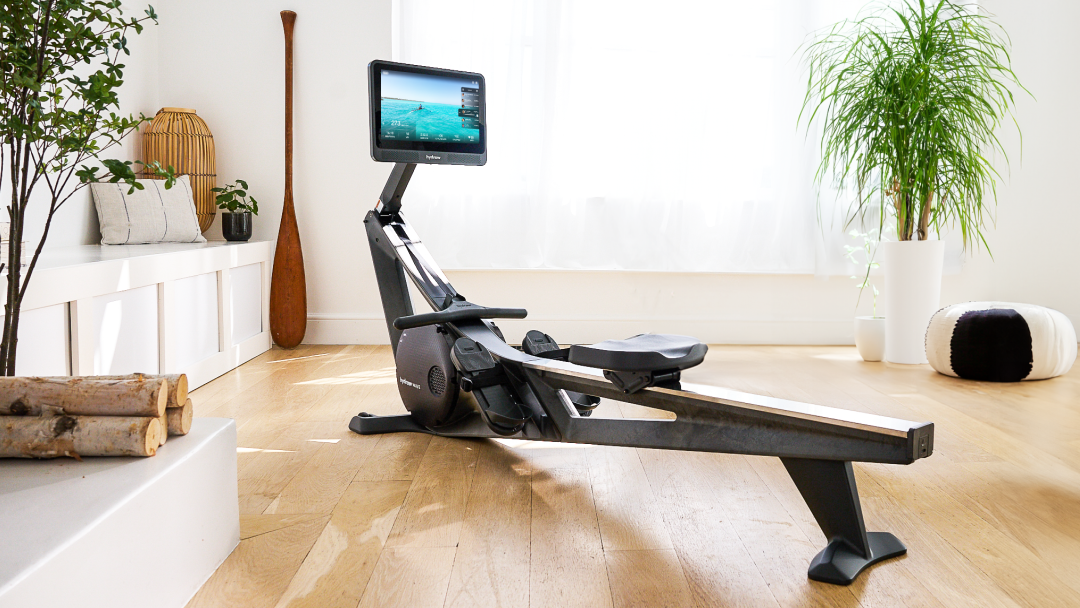
Real strength keeps moving
Learn how working out with Hydrow can help support a fuller, more active life.
